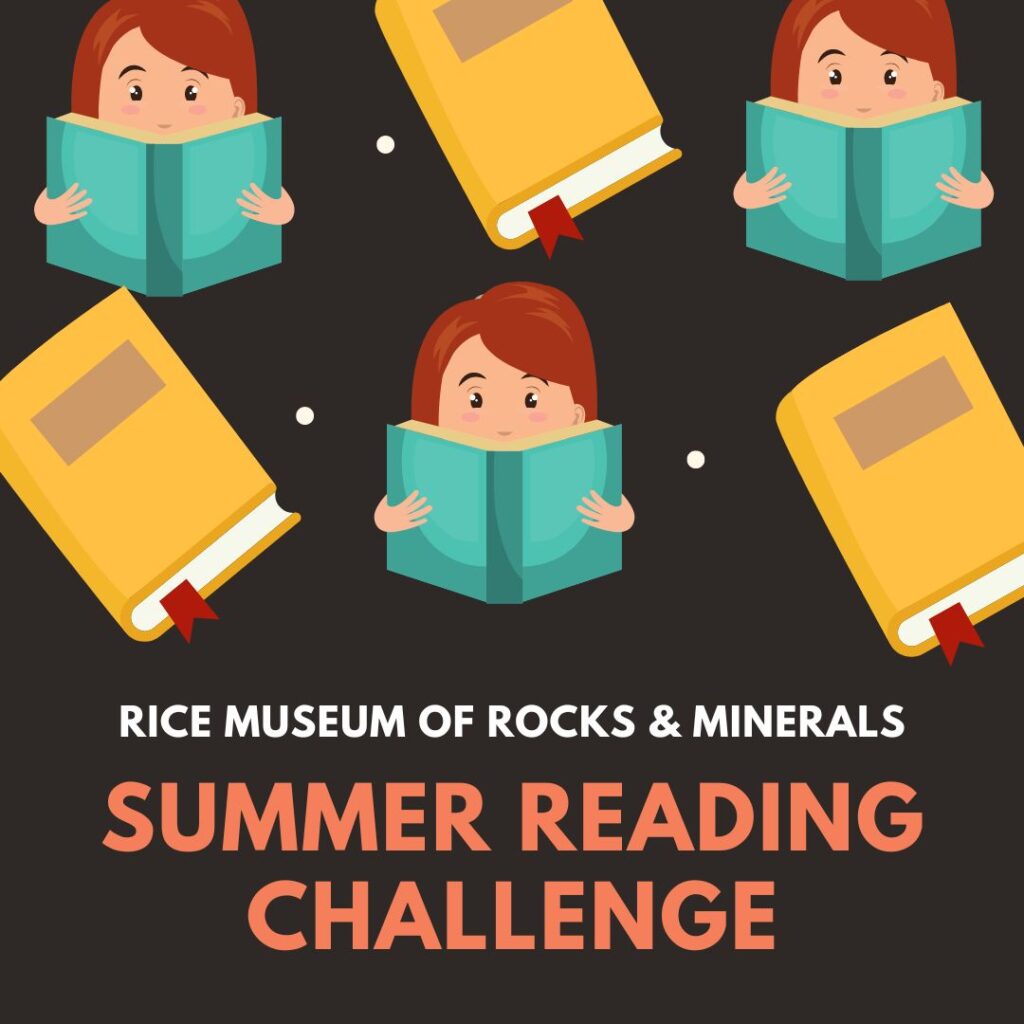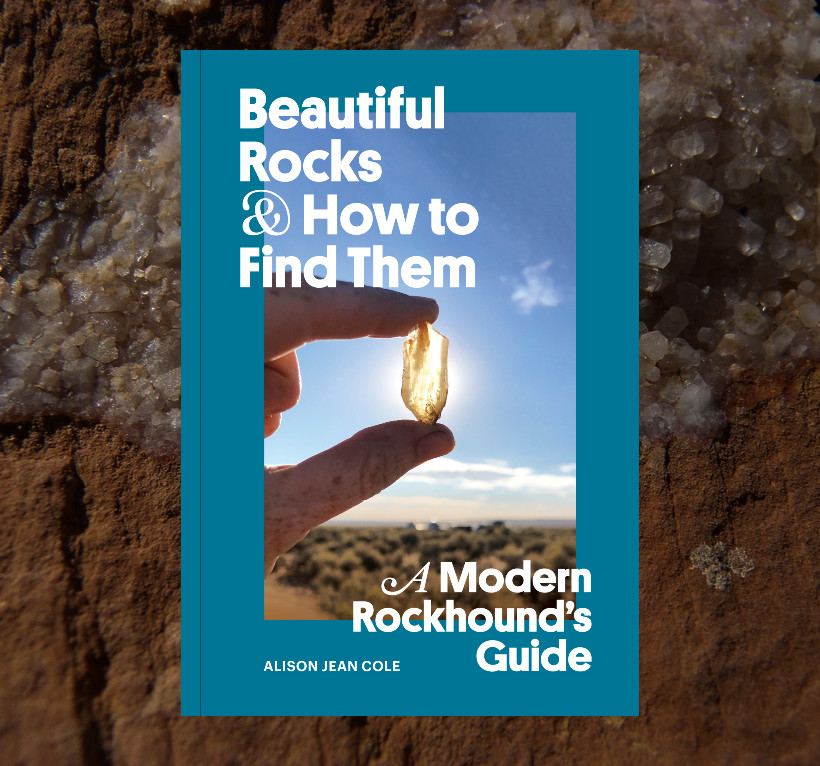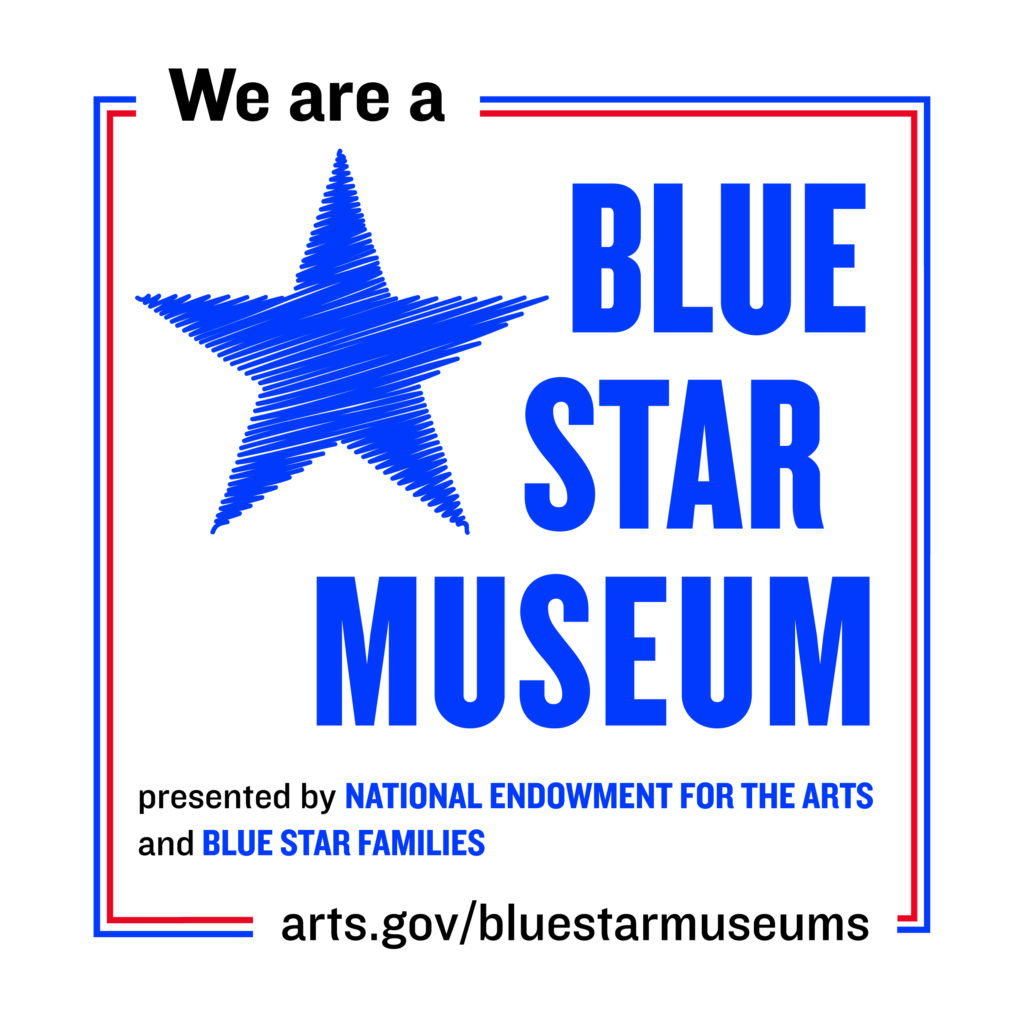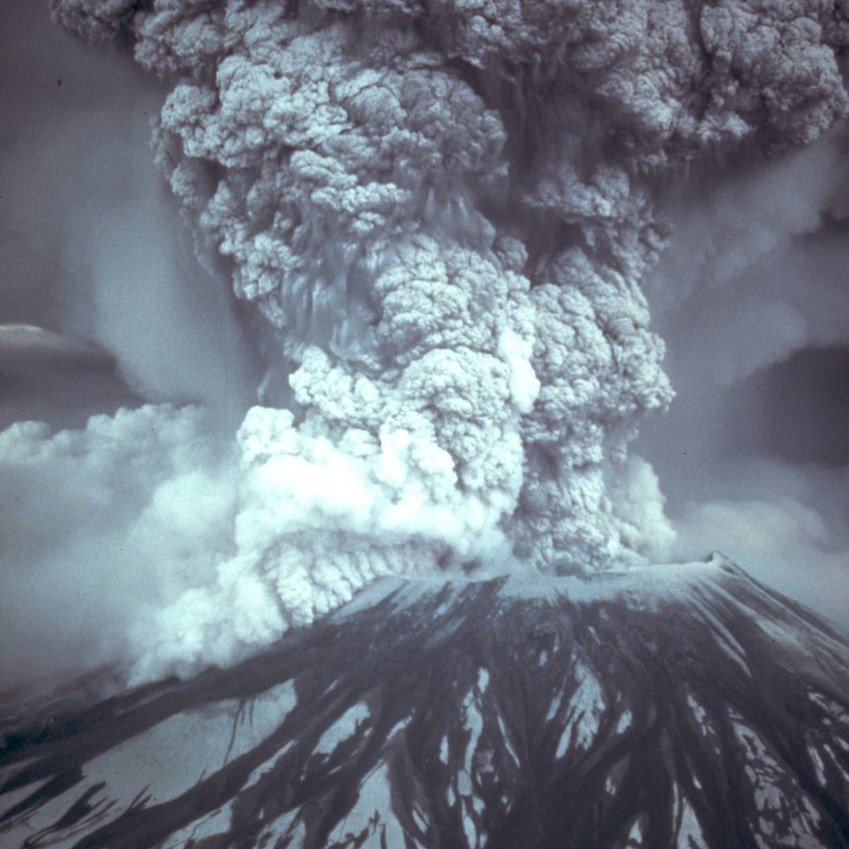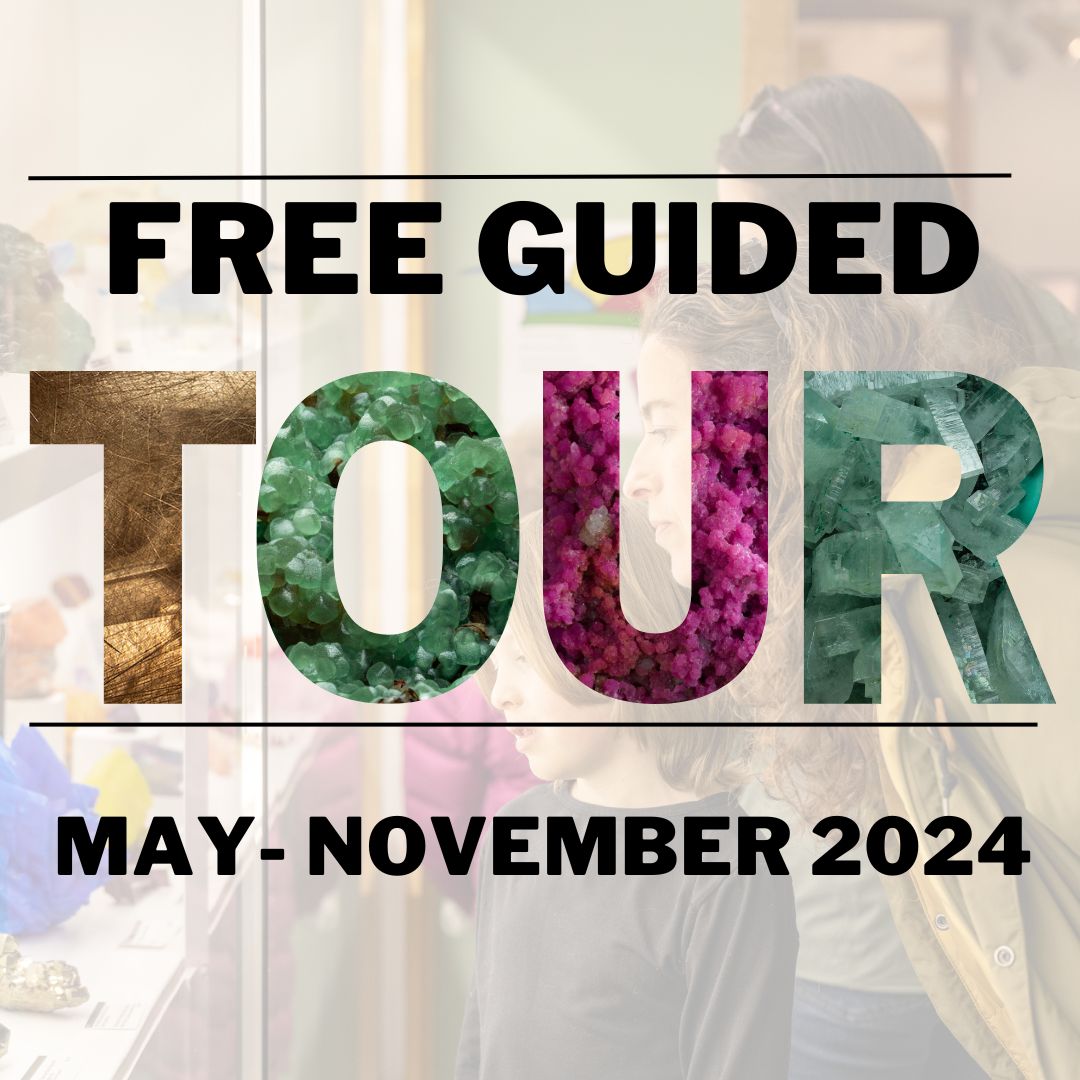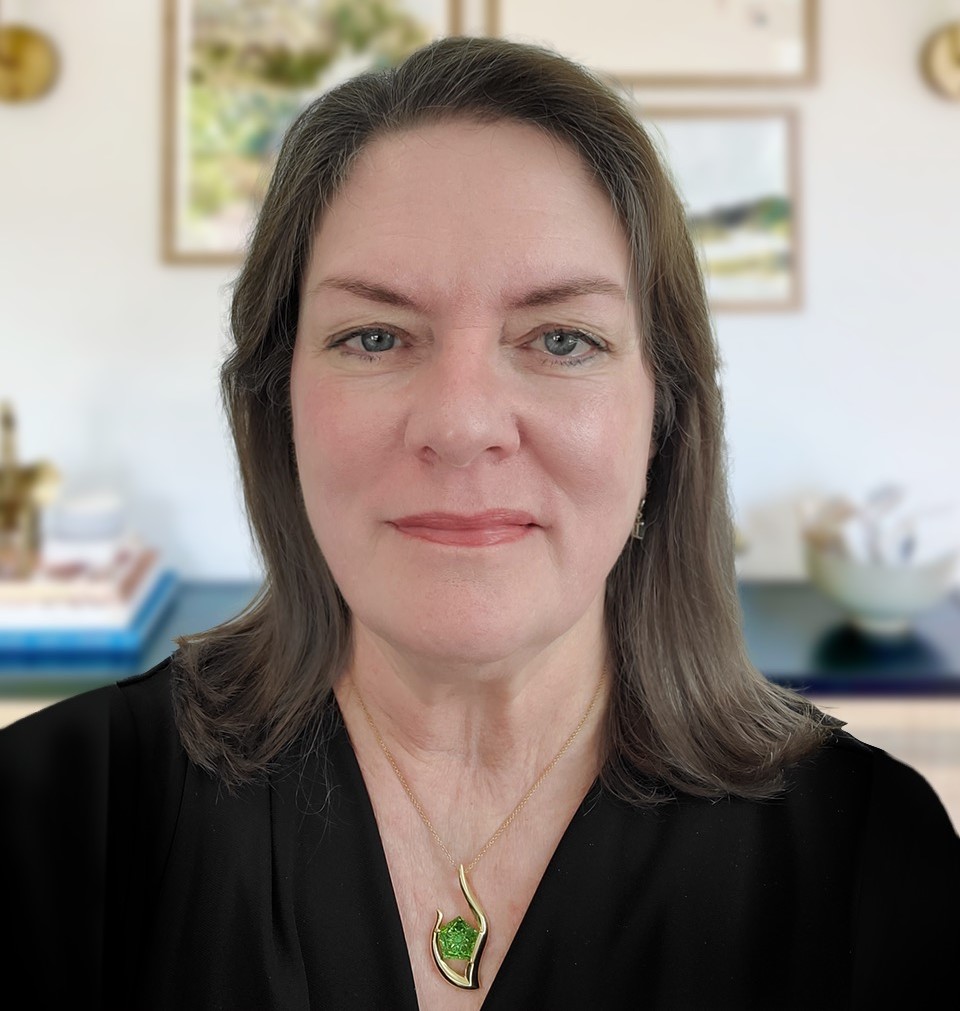Dino Play Day at the Rice Museum!
SAT, SEP 28TH 10AM-2PM Join us for DINO PLAY DAY! Fossil Digs – you get to be the paleontologist! Hands-on Fossil Table – touch real dino bones! The Fossil Team – will be here with their fossils and replicas! Dinosaur & Prehistoric Critter Drawings – by geology student and artist, Ethan Schmunk! Dino Crafts – let your imagination run wild! Included […]
Dino Play Day at the Rice Museum! Read More »



